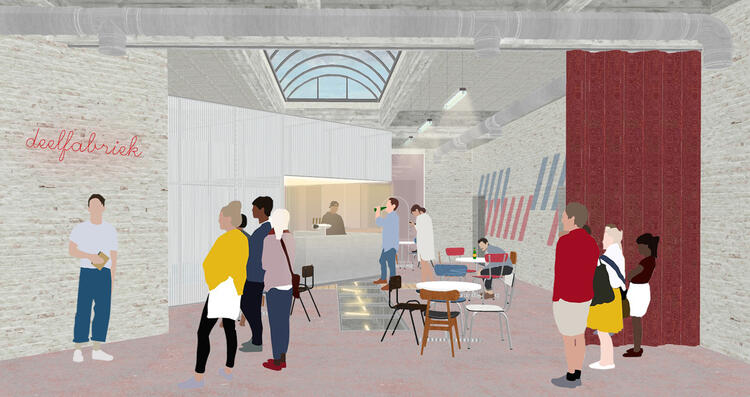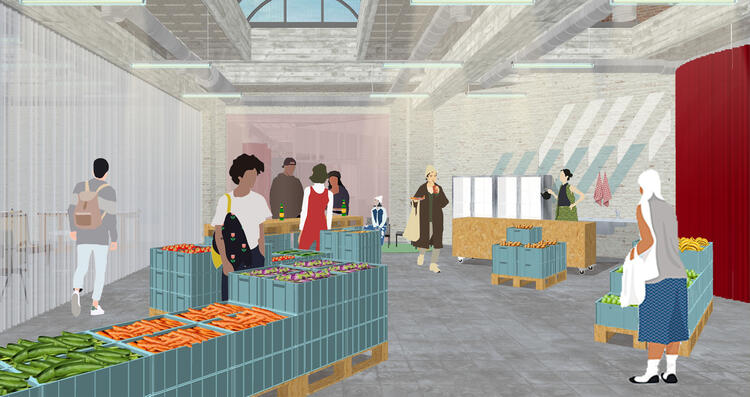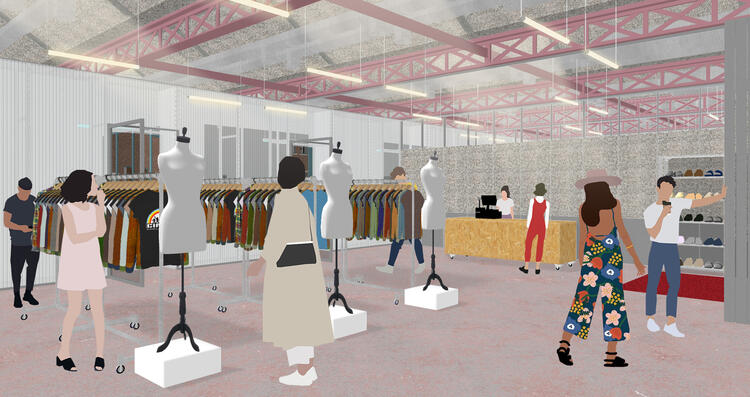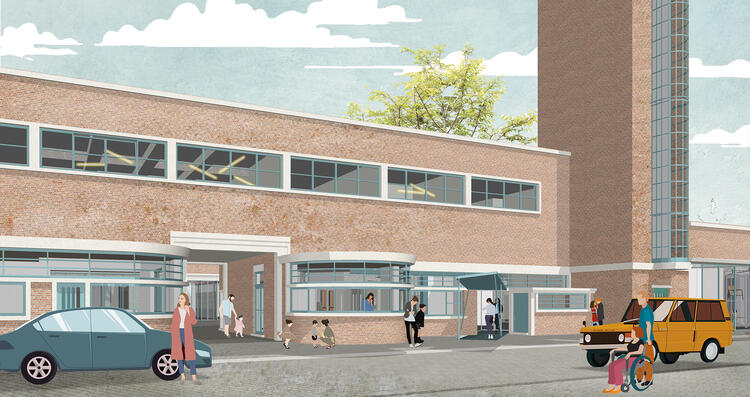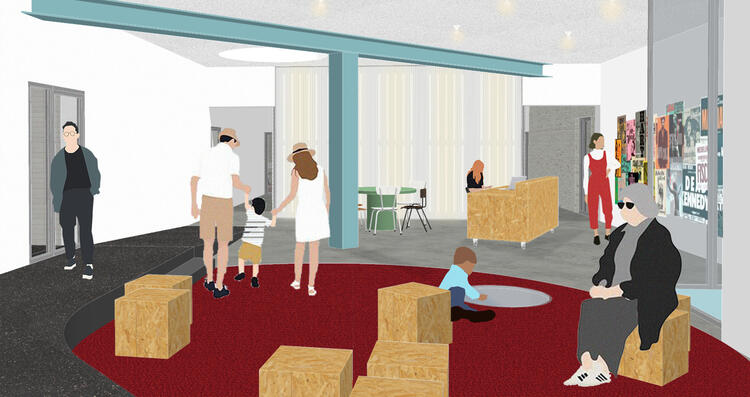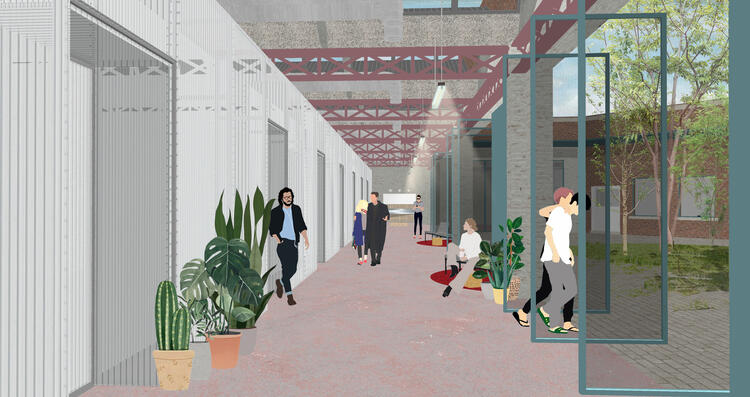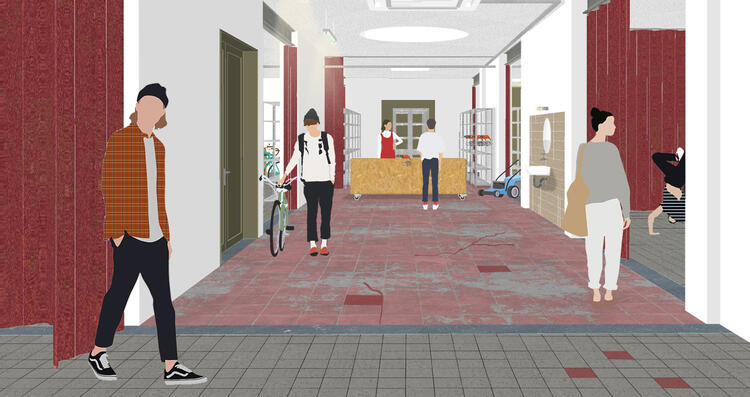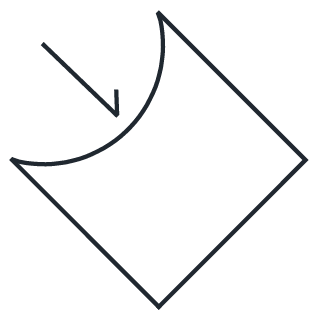Deelfabriek / Co-factory
A sturdy brick landmark stands in the periphery of the city of Kortrijk. Its characteristic tower once used to signal the essential firefighting services it housed to the wider environs. Now this building is set to serve the community in a different way. The city plans to transform it into a low-threshold hub of creativity in the form of a “Deelfabriek” (Co-factory) focusing on social and sustainable entrepreneurship.
In line with the ambitious brief we make sustainability a leitmotiv in our proposal for the refurbishment. This means future-proofing the building by incorporating flexibility, versatility and reversibility into the design.
A hospitable hub of creative energy
The different buildings that make up the former fire station are grouped around a central courtyard. Accessible from the street through a gate flanked by curved protrusions, this semi-public space becomes an important driver of the design. It makes the complex supremely accessible and guarantees flexibility: it acts as a distribution and congregation point for visitors as well as tenants.
The main historical heritage buildings capitalise on their photogenic image as the street-fronting face of the Deelfabriek/Co-factory. These blocks will be stripped of any later additions to restore clarity of plan.
The facades of the building blocks around the courtyard are being opened up as much as possible; window thresholds are lowered and perforations enlarged. New trees and a canopy make this a pleasantly shaded place for relaxation and gathering — not just for the building occupants but for the neighbourhood at large.
In zone A we add a new canopy to mark the entrance to a reception area. We also find the existing tower and the aforementioned passage to the courtyard here, marking this zone as the main entrance to the complex.
In zone B the gates of the former garages are replaced by huge windows, offering views in from the street. In this curved corner block we locate a “social grocery” and a furniture workshop, their contrasting activities offering an interesting spectacle to passersby.
Deeper into the building zone C harbours another garage building, accessible from the courtyard. It features a unique trussed shed-roof structure. To retain the space’s character we create a polycarbonate storage unit and dividing walls which stop short from the ceiling. These keep the spatial impact of the roof and skylights intact. The storage unit runs the length of the building and demarcates a covered circulation zone alongside the courtyard. The dividing walls between studios are movable to keep the space flexible and adaptable according to changing needs.
In zone D mobile walls and new openings in the existing structure are applied to forge dynamic connections and interactions between occupants.
Comfort in contrast — old and new
Respect for the existing building and its acquired patina is a guiding principle in our design. Whenever possible we refrain from replacing building elements to make them look “as new”. We prefer to fixate the current condition and leave the traces of repair visible — in accordance with the Japanese Kintsugi philosophy.
A lot of our interventions take the form of furniture installations which can be easily moved, disassembled or stored. They are little injections of life into the old carcass of the existing building shell. In order to give the design a recognisable identity, these all follow a similar formal language and palette of materials.



